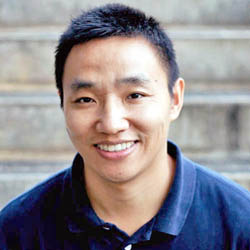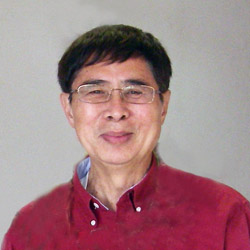SPONSOR:
National Institute for Water Resources, Water Resources Research Institute Program
PROJECT PERIOD:
3/1/2010 - 2/28/2011
PROJECT PIs:
Tao Yan, and Clark C.K. Liu
ABSTRACT:
Continuing work begun in the FY2008 budget cycle, Professor Clark Liu and Assistant Professor Tao Yan (Civil & Environmental Engineering Department) examined the relationship between biodiversity and trophic status, using a small reservoir on Oahu as a case study. To avoid expensive remediation of occasional eutrophication problems, Liu and Yan devised methods to rapidly assess the trophic status of the reservoir.
Problem and Research Objectives:
Traditional trophic state assessment methods for inland waters, which were developed based on a few physical/chemical parameters or composite indices of these parameters, did not address the interactions between abiotic factors and biotic factors. Therefore, they often failed to alert forthcoming problems of algal bloom and eutrophication in lakes or reservoirs receiving nutrients from storm runoff and other pollution sources. In this project, laboratory and field experiments were conducted to simulate trophic changes at the Wahiawa Reservoir on Oahu, Hawaii and investigated the relationship between trophic states and microbial biodiversity. The working hypothesis was that the eutrophication process, i.e., the transition from oligotrophic to eutrophic and to hypertrophic, corresponds to significant changes of microbial biodiversity.
The principal objectives of this proposal were to:
1. Establish the relationship between trophic states and microbial biodiversity in polluted lakes by laboratory experiments.
2. Select three field sites in Wahiawa Reservoir, which are in varying trophic states and to conduct conjunctive bioproductivity and corresponding studies.
3. Study Escherichia coli decay kinetics in Wahiawa Reservoir and the relationship between bioproductivity, biodiversity, and E. coli die-off kinetics.
PRINCIPAL INVESTIGATOR
TAO YANDirector, Water Resources Research Center; Professor, Civil and Environmental Engineering
Phone: (808) 956-6024
E-mail: taoyan@hawaii.edu

